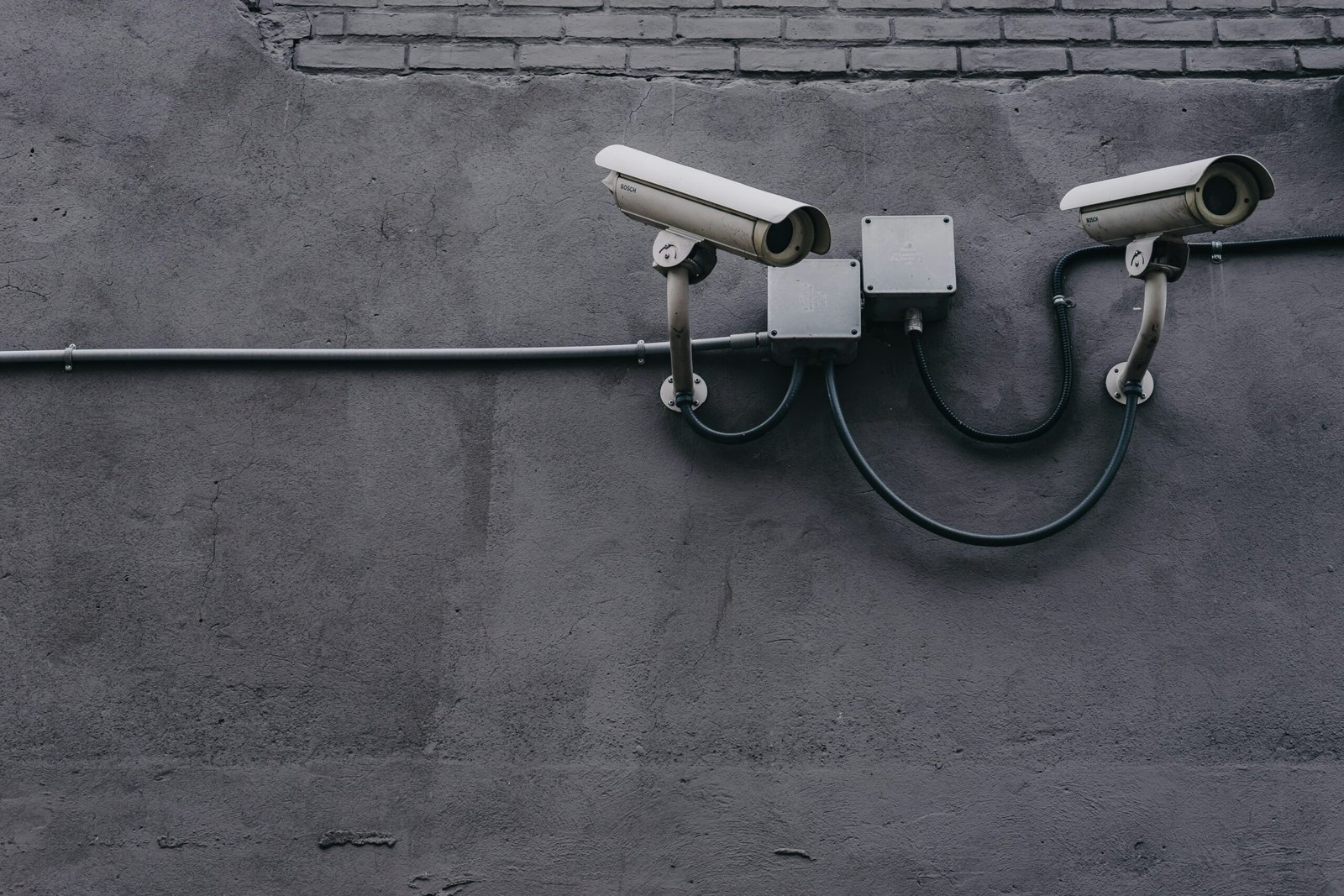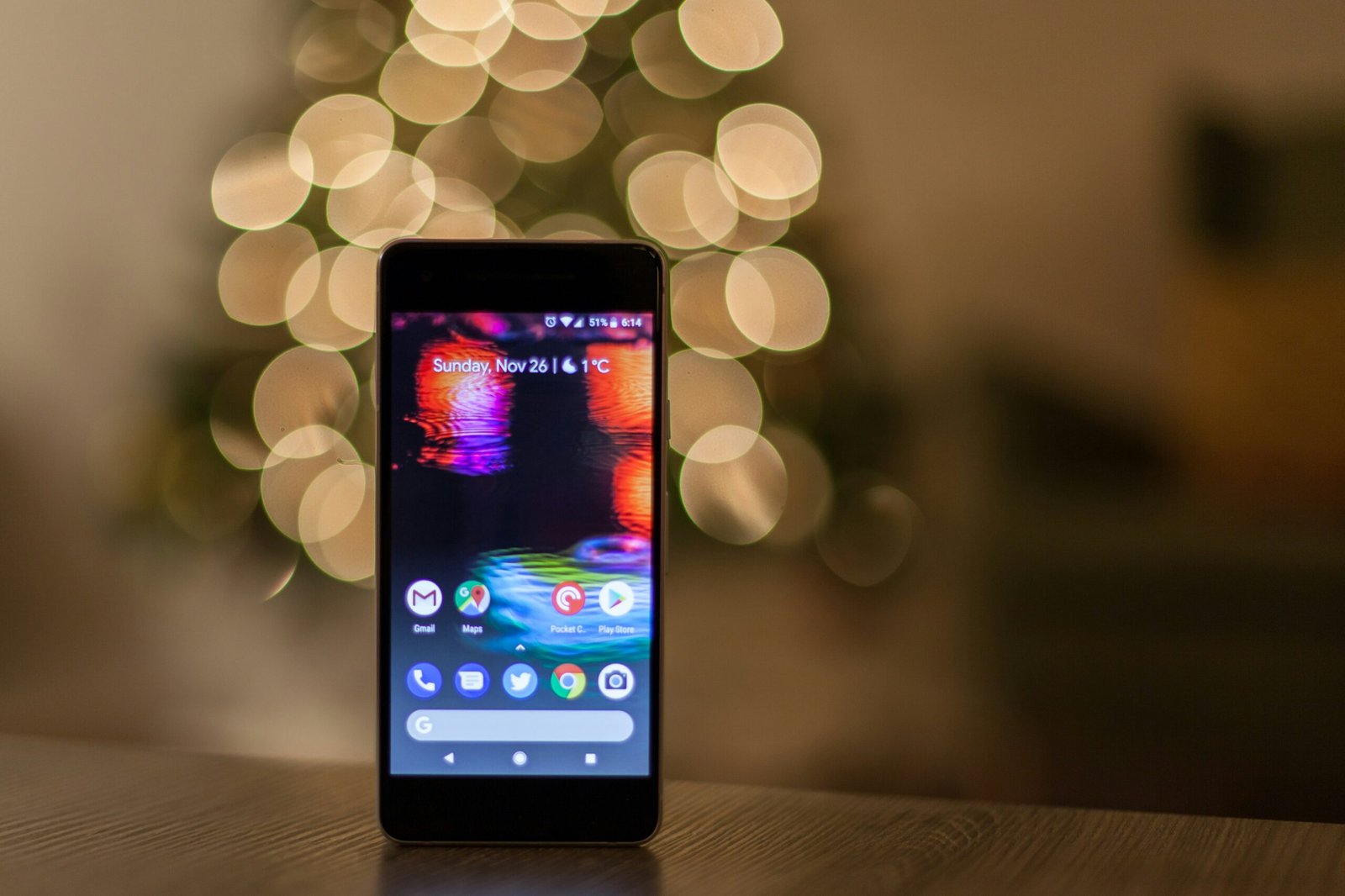In recent years, the advancement of technology has allowed us to explore the world from the comfort of our own homes. Virtual reality (VR) and augmented reality (AR) have opened up new possibilities for experiencing different places and environments without physically being there. One area where this technology has been particularly impactful is in virtual city tours.
Virtual city tours provide users with a unique opportunity to explore urban areas remotely. Whether you’re a travel enthusiast, a history buff, or simply curious about different cities, virtual city tours offer a convenient and immersive way to discover new places. These tours are designed with user interface (UI) and user experience (UX) principles in mind to provide an engaging and intuitive experience for users.
UI Designs for Virtual City Tours
The UI design of virtual city tours focuses on creating an intuitive and visually appealing interface that allows users to navigate and interact with the virtual environment. Here are some key elements of UI design in virtual city tours:
1. Interactive Maps
Interactive maps are a crucial component of virtual city tours. They provide users with an overview of the city layout and allow them to choose specific areas or landmarks to explore. The maps are designed to be interactive, allowing users to zoom in and out, rotate, and click on different points of interest for more information.
2. Navigation Controls
Navigation controls are essential for users to move around the virtual city. These controls can include options for walking, flying, or even teleporting to different locations. The design should be intuitive and easy to use, allowing users to explore the city at their own pace.
3. Information Panels
Information panels provide users with relevant details about specific locations or landmarks within the city. These panels can include historical facts, architectural details, or even user-generated content such as reviews or recommendations. The design should be visually appealing and easy to read, ensuring that users can access information seamlessly.
UX Designs for Virtual City Tours
The UX design of virtual city tours focuses on creating a seamless and immersive experience for users. Here are some key elements of UX design in virtual city tours:
1. Realistic Visuals
Realistic visuals are crucial for creating an immersive experience in virtual city tours. The design should strive to replicate the look and feel of the actual city, including its architecture, landmarks, and natural surroundings. High-quality graphics and realistic textures enhance the overall user experience.
2. Audio Enhancements
Audio enhancements, such as ambient sounds or narrations, can greatly enhance the immersive experience of virtual city tours. The design should incorporate audio elements that complement the visuals and provide users with a more engaging and realistic exploration of the city.
3. Interactive Elements
Interactive elements, such as clickable objects or hidden surprises, add an element of fun and discovery to virtual city tours. These elements encourage users to explore the city more thoroughly and provide a sense of interactivity within the virtual environment.
Benefits of Virtual City Tours
Virtual city tours offer several benefits for both users and businesses:
1. Convenience and Accessibility
Virtual city tours allow users to explore different cities without the need for travel or physical presence. This convenience makes it accessible to a wider audience, including those with physical limitations or financial constraints.
2. Educational and Cultural Exploration
Virtual city tours provide educational and cultural exploration opportunities. Users can learn about the history, architecture, and culture of different cities, expanding their knowledge and understanding of the world.
3. Marketing and Promotion
For businesses and tourism organizations, virtual city tours offer a unique marketing and promotional tool. They can showcase their cities and attractions to potential visitors, enticing them to visit in person.
In conclusion, virtual city tours with well-designed UI/UX elements provide an immersive and engaging experience for users. These tours allow people to explore urban areas remotely, offering convenience, educational opportunities, and marketing benefits. As technology continues to advance, virtual city tours have the potential to become even more realistic and interactive, further enhancing the user experience.












Leave a Reply